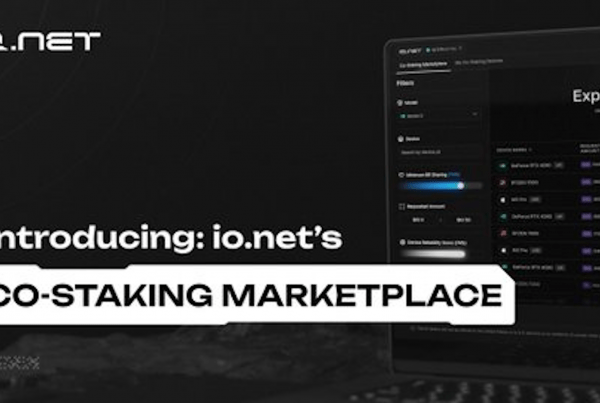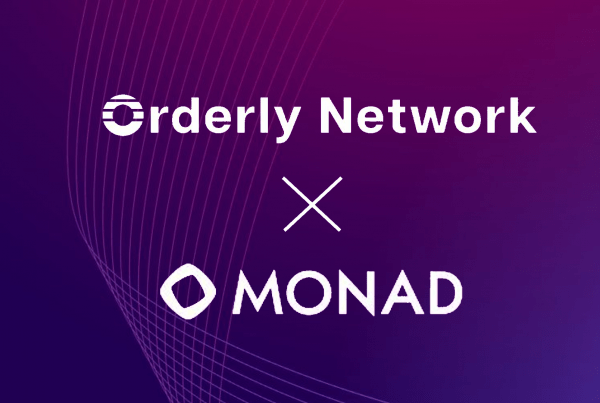
Blockchain technology is perhaps one of the most interesting innovations of our times. This nascent tech has become a fundamental game-changer in the financial markets ecosystem, not to mention other industries such as supply-chain logistics, healthcare and gaming. So, what are the real value drivers behind blockchain technology?
While several features underpin blockchain’s architectural design, the main ones include decentralization and immutability (tamper-proof). The former has in fact been touted as Bitcoin’s most lucrative feature. Ideally, blockchain ecosystems such as Bitcoin and Ethereum are supported by a network of decentralized participants (miners or node validators).
Blockchain’s PoW and PoS Fundamentals
Unlike centralized databases, blockchain networks leverage distributed infrastructures to record historical data. This process is facilitated by miners in the case of Proof-of-Work (PoW) blockchains (Bitcoin & Ethereum) and node validators in Proof-of-Stake (PoS) algorithms, which include most of the existing DeFi applications.
Both the PoW and PoS consensus are designed to achieve the same purpose; decentralization, immutability and network security. However, PoW is more power-intensive compared to the PoS algorithm. It is not surprising that Bitcoin mining has previously been criticized by several stakeholders, including regulatory bodies such as the EU and Tesla founder Elon Musk.
On the other hand, the PoS algorithm is less power-intensive, making it more applicable within the upcoming DeFi ecosystem. This consensus introduces a feature dubbed ‘staking’ to support blockchain functionality. Essentially, one can simply lock their tokens to become part of the contributing nodes in any PoS blockchain.
It is also noteworthy that Ethereum, the leading DeFi blockchain, is in the process of transitioning to a PoS ecosystem. As it stands, over 7.4 million Ether tokens have been locked in the upcoming Eth 2.0 smart contract in preparation for the much-awaited merger. Meanwhile, another 1.3 million is locked in liquid staking pools such as Lido.
The Value Proposition of DeFi Staking
As highlighted, staking plays a major role in PoS blockchains. This network operation approach not only saves energy but creates more opportunities for innovation and incentives for early adopters. Today, one can access several DeFi services, including a decentralized API market on Bware Labs by simply staking their native token. This DApp also allows participants to delegate API services to other node providers and receive network rewards at the same time.
Well, that’s just the tip of the iceberg; staking incentives have been pivotal in increasing the liquidity of the DeFi market. Some platforms such as Avalanche’s Pangolin DEX are rewarding network contributors with several native tokens as part of a new feature dubbed ‘Super Farms’. This pioneer yield farming strategy involves the collaboration of several projects to bootstrap liquidity for the larger DeFi ecosystem.
“Super farms are going to explode TVL and volume by compounding the ecosystem’s incentive program with the full strength of all of Pangolin’s partners.”
Stephen, Pangolin Head of Strategy
The concept of super farms has undoubtedly leveled up the incentive basket in DeFi staking. As the geopolitical wars continue to shape the future of global markets, one thing is for sure; DeFi staking is setting the stage for a full transition to PoS ecosystems that are governed by communities instead of central intermediaries. Even better, the incentives are helping crypto natives stay afloat despite the ongoing turmoil.
Looking Into the Horizon
Blockchain technology might have already flexed its muscles through Bitcoin and other cryptocurrencies, but more is yet to come. The inception of DeFi, a $195 billion strong ecosystem, is one of the tell signs that blockchain technology will likely have a role to play in the futuristic global markets.
This trend is also evident in the growing interest by institutions to adopt blockchain infrastructures while the aggressive ones are going for crypto services. A recent study by PWC has further hinted that traditional financial services might gravitate towards DeFi or strike a balance by giving rise to CeDeFi.
“DeFi is evolving and expanding swiftly to mirror the traditional financial services ecosystem. This new form of decentralized financial technology may eventually have an impact on the future of centralized finance entities, with DeFi potentially being seen as an alternative that’s cheaper, quicker and more relevant.”
Going by these statistics, one cannot rule out the possibility of PoS market ecosystems. A future that will largely depend on staking incentives amongst other structures to maintain the principles of decentralization, immutability and verifiability.



